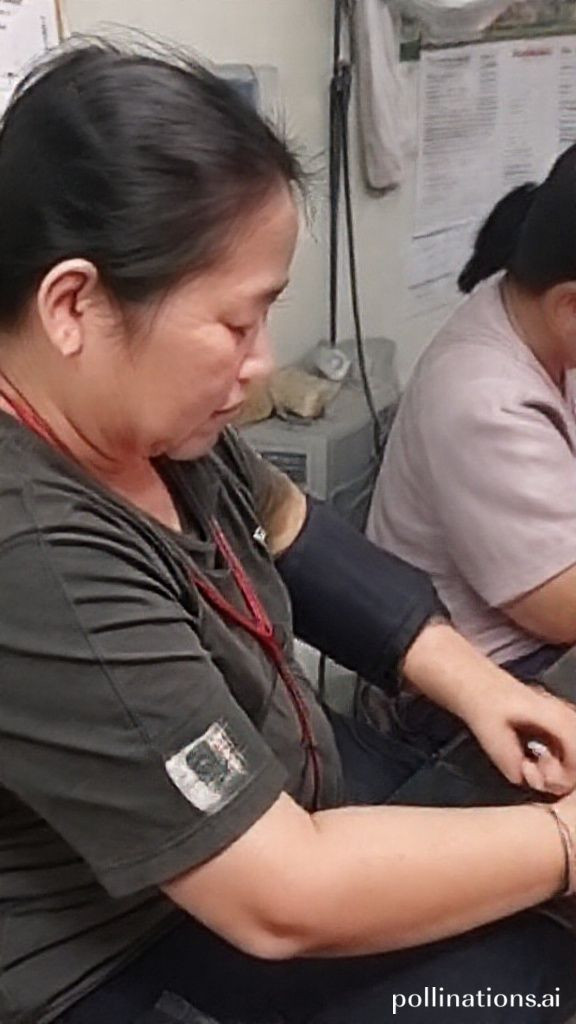
The Cryptic Purr Unraveling the Mystery of Feline CommunicationAs any cat lover knows...
The Cryptic Purr Unraveling the Mystery of Feline CommunicationAs any cat lover knows...
The Cryptic Purr Unraveling
the Mystery of Feline
CommunicationAs any cat lover
knows theres nothing quite
like the soothing sound of a
contented cats purr But what
happens when that purring
turns cryptic You see while
purring is often associated
with happiness and wellbeing
it can also be a sign of
anxiety fear or even painIn
this blog post well delve into
the complexities of feline
communication and explore the
ways in which cats use their
purrs to convey more than just
simple contentment So if you
thought you knew what your
cats purr meant think againThe
Many Faces of PurringWhile its
common for cats to purr when
theyre feeling relaxed or
comfortable this behavior can
also be a coping mechanism in
times of stress or discomfort
For example A cat may purr
loudly when its terrified such
as during a vet visit or when
encountering a new environment
Cats may purr when theyre in
pain whether its due to an
underlying medical condition
or a recent injuryThis raises
important questions about the
nature of feline communication
and how we should interpret
our cats behavior Are they
really happy and healthy or
are they just using their
purrs as a way to cope with
stressThe Role of ContextTo
truly understand what your
cats purr means you need to
consider the context in which
it occurs Ask yourself Is my
cats environment calm and
peaceful or is there something
causing them distress Are
there any underlying medical
issues that could be
contributing to their purring
behaviorBy taking these
factors into account you can
gain a better understanding of
what your cats purr might be
trying to tell youCryptic
CommunicationCats are
notorious for their cryptic
communication styles They
often use body language and
vocalizations to convey
information but this can be
misinterpreted or
misunderstood by humans
Purring is just one example of
this type of feline
communication A cats tail
position can indicate mood
with a tuckedin tail
signifying fear or anxiety Ear
positions can also reveal a
cats emotional state with ears
forward indicating alertness
and ears back suggesting
submissionBy recognizing these
subtle cues you can develop a
deeper understanding of your
cats behavior and improve your
communication with
themConclusionThe next time
you hear your cat purring away
remember that this behavior
might not always be a
straightforward sign of
happiness and health Instead
it could be a coping mechanism
for stress or discomfort By
considering the context in
which the purr occurs and
paying attention to other
subtle cues you can gain a
better understanding of what
your cat is trying to
communicateIn the world of
feline communication nothing
is ever as simple as it seems
But by embracing this
complexity and deciphering the
cryptic messages our cats send
our way we can build stronger
bonds with these enigmatic
creatures and better care for
their needsSo the next time
you hear that purr take a
moment to consider what your
cat might be trying to tell
you You never know it could
be saying something entirely
different from what you
expected



